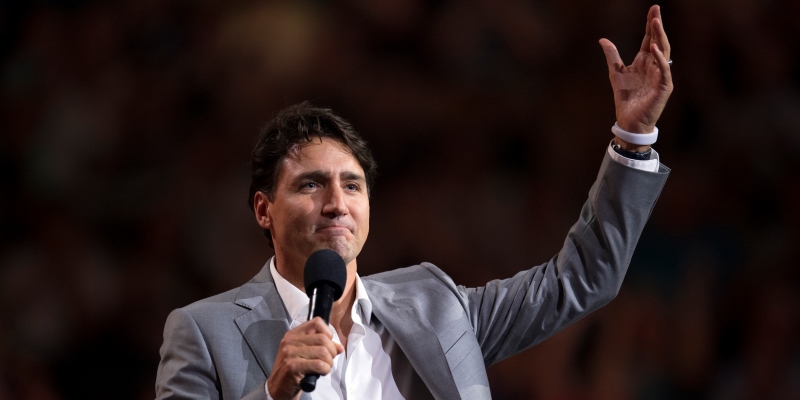Federal government has increased income taxes on middle class

Since taking office in 2015, the Trudeau government has repeatedly claimed to have lowered personal income taxes for middle-class Canadians. However, recent data demonstrate that the government has not actually provided income tax relief to middle-class families and it continues to confuse government transfers with taxes.
First, some quick history. After the 2015 election, the Trudeau government reduced the second-lowest personal income tax rate from 22 per cent to 20.5 per cent, prompting former Finance Minister Bill Morneau to proclaim that the “government cut taxes for middle class Canadians everywhere.”
But crucially, the government simultaneously eliminated several tax credits including the children’s fitness tax credit, children’s arts tax credit, public transit tax credits, education and textbook tax credits, and the income-splitting tax credit for couples with young children. While eliminating these tax credits helps simplify the tax system, which is good, it also acts to increase personal income taxes for Canadian families.
A recent study compared the savings from the lower personal income tax rate against the loss of these tax credits based on a model provided by Statistics Canada. The primary finding was that the elimination of these tax credits resulted in higher personal income taxes for most Canadian families. In fact, when you compare the value of the government’s tax rate reduction with the loss of tax credits (between 2015 and 2019), 86 per cent of middle-class families (with household incomes between $84,625 and $118,007) experienced an increase in their federal personal income tax burden. In other words, nearly nine in 10 middle-class families now pay more—in fact, the average federal income tax increase for this group of middle-income families was $800 annually.
When confronted with these findings, the Trudeau government claims that such an analysis ignores the expansion of the Canada Child Benefit (CCB), which is an income transfer for families with children. However, by pointing to the CCB increase, the government conflates taxes with government transfers. In other words, the government now equates middle-income families keeping more of their own income with middle-income families receiving more transfers from government using other people’s money.
Remember, during the 2015 campaign, the Liberals promised to cut taxes for the middle class. And that would have been wise policy. Tax cuts allow Canadians to keep more of their own income and strengthen the incentives for work, investment in training and education, and entrepreneurship. But simply increasing government transfers makes Canadians more dependent on government and other people’s money for their wellbeing.
Notably, the study did not account for recent changes to payroll taxes for the Canada Pension Plan (CPP). The Trudeau government (alongside the nine participating provinces) expanded the CPP in January 2019, which has resulted in higher mandatory CPP contributions for Canadian workers. This means even more middle-income families in Canada may now pay higher taxes beyond what the income tax changes alone indicate.
Despite claims to the contrary, Ottawa has increased personal income taxes on the overwhelming majority of middle-class Canadian families.
Authors:
Subscribe to the Fraser Institute
Get the latest news from the Fraser Institute on the latest research studies, news and events.



